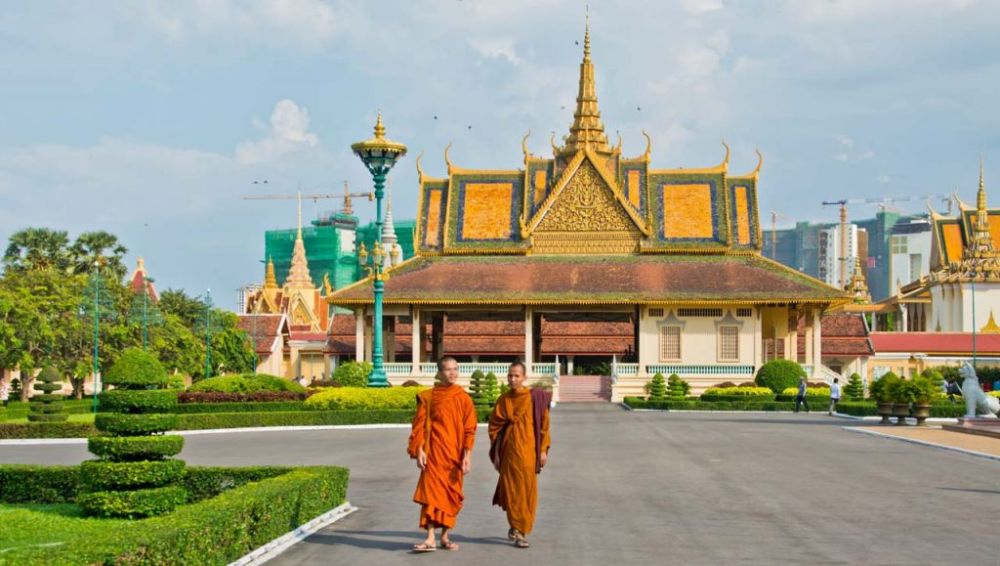

Phnom Penh, the bustling capital city of Cambodia, has a rich and varied history that speaks volumes of its resilience and charm. Once known as the "Pearl of Asia," it has been a key player in the region for centuries. The history of tourism in Phnom Penh is a reflection of Cambodia's past, bearing the marks of colonialism, war, and rebirth.
In the late 19th and early 20th centuries, during the French colonial era, Phnom Penh began to emerge as a touristic destination. The French administration developed infrastructure, constructed roads, and erected beautiful buildings combining French colonial and traditional Khmer architectural styles. Visitors were drawn to the exotic allure of the East and the architectural beauty of the city.
Tourism in Phnom Penh took a significant hit in the mid-20th century due to the onset of political instability, culminating in the devastating period of the Khmer Rouge regime from 1975 to 1979. The city was virtually emptied of its inhabitants and closed off to international visitors. Tourism was non-existent during this tragic chapter in Cambodia's history.
After the fall of the Khmer Rouge, Cambodia slowly began to open up to the world. By the 1990s, Phnom Penh started re-establishing its tourism sector. The city was a destination for intrepid travelers drawn by its recent history and the presence of landmarks such as the Royal Palace, the National Museum, and the somber Tuol Sleng Genocide Museum.
In the early 21st century, Phnom Penh experienced a tourism boom, thanks in part to Cambodia's greater political stability and a global increase in travel. Tourists arrived in greater numbers, attracted by the city's rich history, vibrant culture, and warm people. The riverfront area became dotted with hotels, restaurants, and bars catering to visitors from around the world.
In recent years, tourism in Phnom Penh has evolved with a surge in boutique hotels, fine dining, and an emphasis on experiences such as cultural tours and culinary adventures. The growth of eco-tourism and community-based tourism initiatives reflects a global trend towards sustainable and responsible travel.
COVID-19 Impact: Like everywhere else, the pandemic had a dramatic impact on tourism in Phnom Penh, leading to temporary closures and reduced visitor numbers. However, as the situation improves globally, Phnom Penh is positioning itself for recovery, focusing on safety measures and promoting lesser-known destinations within the city to distribute tourism benefits more evenly.
As the world reopens and international travel resumes, Phnom Penh is preparing to welcome tourists back to its streets. With ongoing investments in infrastructure, such as the development of the new Phnom Penh International Airport, the future of tourism in Phnom Penh looks promising. Cultural festivals, business conferences, and regional events are regularly hosted, showcasing the city's enduring appeal and its capacity to reinvent itself while honoring its past.
In conclusion, the journey of Phnom Penh in the realm of tourism is one of tragedy, triumph, and transformation. Despite the challenges it has faced, the city continues to enchant travelers with its resilience and beauty, firmly establishing itself as a must-visit destination in Southeast Asia.